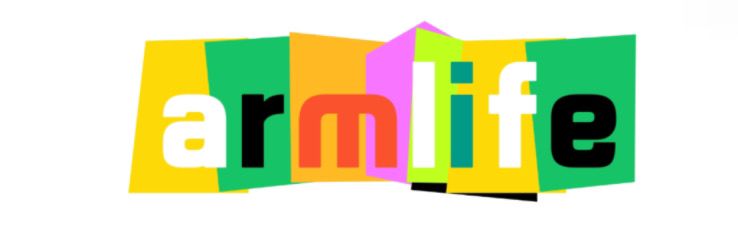What Are the Key Factors to Consider When Procuring Pine Cat Litter for Your Business?
Key Considerations When Sourcing Pine Cat Litter for Your Business
When it comes to selecting pine cat litter for your enterprise, several essential factors should be taken into account. This guide aims to outline the critical components that can impact your procurement decision effectively.
1. Quality of Material
The primary characteristic to evaluate is the quality of the pine used in the litter. Ensure that the product is made from high-grade, natural pine, which is crucial for optimal absorption and odor control. Furthermore, inquire about the sourcing and sustainability practices of the manufacturer to ensure environmentally friendly production processes.
2. Absorption Capability
Effective moisture absorption is vital for cat litter. A product with superior absorption rates will not only maintain a fresher environment but will also require less frequent changes. Look for suppliers who provide data on their product's absorption performance.
3. Dust Levels
Another important consideration is the dust produced by the litter. Low-dust products are preferable as they minimize respiratory irritants for both the cats and handlers. Check customer reviews or request samples to evaluate this aspect firsthand.
4. Clumping Ability
For practical purposes, clumping ability enhances ease of use. Choose pine litter that forms solid clumps when wet, allowing for straightforward removal and maintenance of the litter box.
5. Scent Control
Effective odor control can significantly influence customer satisfaction. Assess how well the litter manages smells. Some pine litters come with added natural scents or are designed to neutralize odors effectively. It's wise to explore different options and find one that meets your needs.
6. Packaging and Storage
Consider the packaging of the pine cat litter. It should be robust yet easy to handle and store. Additionally, appropriate sealing can prevent spillage or contamination, making inventory management easier.
Conclusion
By considering the factors outlined above, you can make informed decisions when procuring pine cat litter for your business. A careful selection process will enhance the quality of your product lineup and cater effectively to your clientele's preferences.


